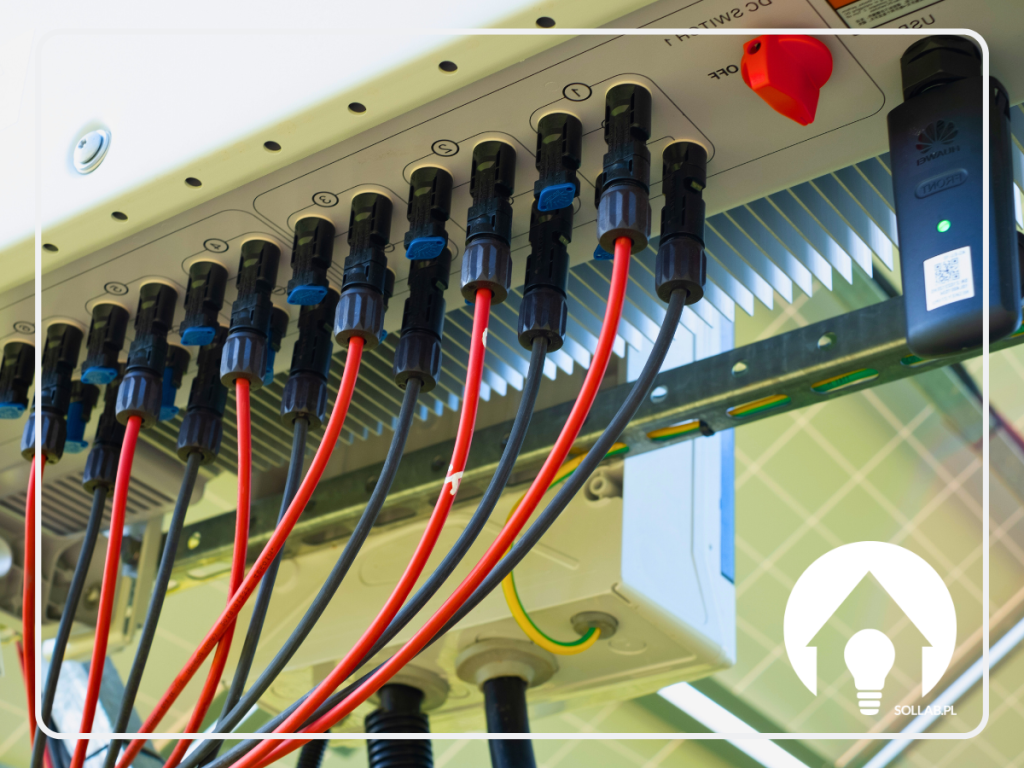Factor R290 - what is it and why is there more and more of it?
Refrigerants play an important role in the field of air-conditioning and are key to the technology of heat pumps currently available on the market. Among the different types of refrigerants, refrigerant R290 stands out as an important substance that is widely used in the refrigeration industry. R290 has been used in households and industry for years. It is more widely known as propane. In addition to its environmentally friendly properties, it has been discovered that R290 can provide quieter appliances, cheaper operation and much more.
R290 - what is it really?
R290, also known as propane, is a refrigerant that occurs naturally in nature and has a very low greenhouse effect factor GWP = 3. Propane, a hydrocarbon consisting of three carbon atoms and eight hydrogen atoms, which makes it completely free of chlorine and fluorine - and it is these two factors that are largely responsible for the negative and harmful effects on the environment. Because of its properties, R290 is used as a refrigerant in refrigeration and air-conditioning systems. It is a fully alkane saturated hydrocarbon with three carbon atoms.
One of the key properties of R290 refrigerant is its excellent thermodynamic efficiency. It has a significantly higher thermal conductivity, which makes it more efficient in terms of heat transfer. As a result, units on R290 can provide heating water temperatures of up to 70°C in the feed and prevent exchanger freezing with low energy consumption.
Advantages of using R290 in the heat pump field
The use of R290 (propane) in the field of heat pumps brings several important advantages, both in terms of the environment and energy efficiency. Here are some of the benefits associated with the use of R290 in heat pumps:
- Low atmospheric warming potential (GWP): R290 has a very low GWP, meaning that it has a minimal impact on climate change compared to many traditional refrigerants.The introduction of low GWP substances is in line with the trend to reduce greenhouse gas emissions.
- No impact on the ozone layer: R290 does not contain substances that can harm the ozone layer. This is in line with international agreements to protect the ozone layer.
- Energy efficiency: R290 has good thermodynamic properties, which translates into high energy efficiency for heat pumps. This means that these systems can efficiently convert the supplied electricity into heat with low energy consumption.
- Low molecular weight: R290 has a lower molecular weight than some traditional refrigerants, allowing for increased heat transfer efficiency and a reduction in the amount of refrigerant needed to achieve a specific cooling effect.
- Use in low-temperature cooling systems: R290 performs particularly well in low-temperature cooling systems, which can be important for heat pumps used to heat buildings or produce domestic hot water.
However, it should also be remembered that R290 is a flammable gas, so it is important to take appropriate safety measures when installing, operating and maintaining systems based on this refrigerant.
Propane safety and regulations
R290 has many benefits, but the procedures associated with its safe use must be followed. Propane is heavier than air, so it can accumulate in ground cavities and is capable of forming explosive mixtures under well-defined conditions. The lower explosive limit occurs at a propane concentration in air of 2.1% and the upper limit at 9.5%. Therefore, when using this refrigerant, it is very important to properly design, install and operate instruments and equipment that operate and contain R290 to avoid leakage situations and possible ignitions. Propane heat pumps are pre-filled and hermetically sealed monoblock units in an outdoor design. Personnel who are to operate propane equipment should be properly trained and familiar with the requirements regulated by these standards.
Heat pump R290 - price
Heat pump price with R290 refrigerant, including installation for a medium-sized single-family house is PLN 40,000-65,000 on average. At the same time, what the final cost of such an investment will be depends on many factors.
However, it is now possible to reduce the cost of a heat pump investment by applying for a o subsidies for heat pumps from programmes such as:
Subsidies for the installation of these environmentally friendly heat sources are also available under a number of regional programmes subsidies for cooker replacement. In addition, you can also benefit from thermo-modernisation reliefwhether heat pump loan.
















